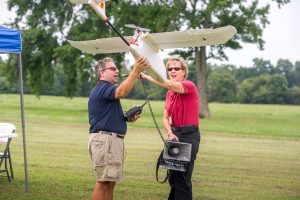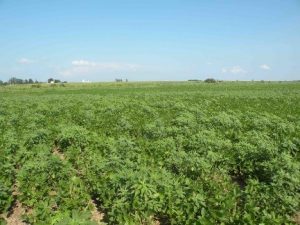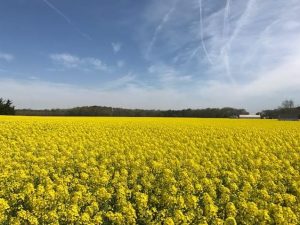Jarrod Miller, Extension Educator, Somerset County

In the past week you may have seen the court ruling which releases hobby users from registering their unmanned aerial vehicles (UAVs). If you just fly a UAV for fun, then you no longer have to register with the FAA, which costs $5 and can be done online. Farmers who fly their fields for fun would be a hobby user, but if used to search for pest, disease or nutrient issues, farmers would be considered a commercial user of UAVs.




